The Game That Took Him to the Stars
Forty years ago, 'The Last Starfighter' took arcade dreams and turned them into a galactic adventure. This week, we revisit the film that made gamers into heroes and brought computer-generated space battles to the big screen.
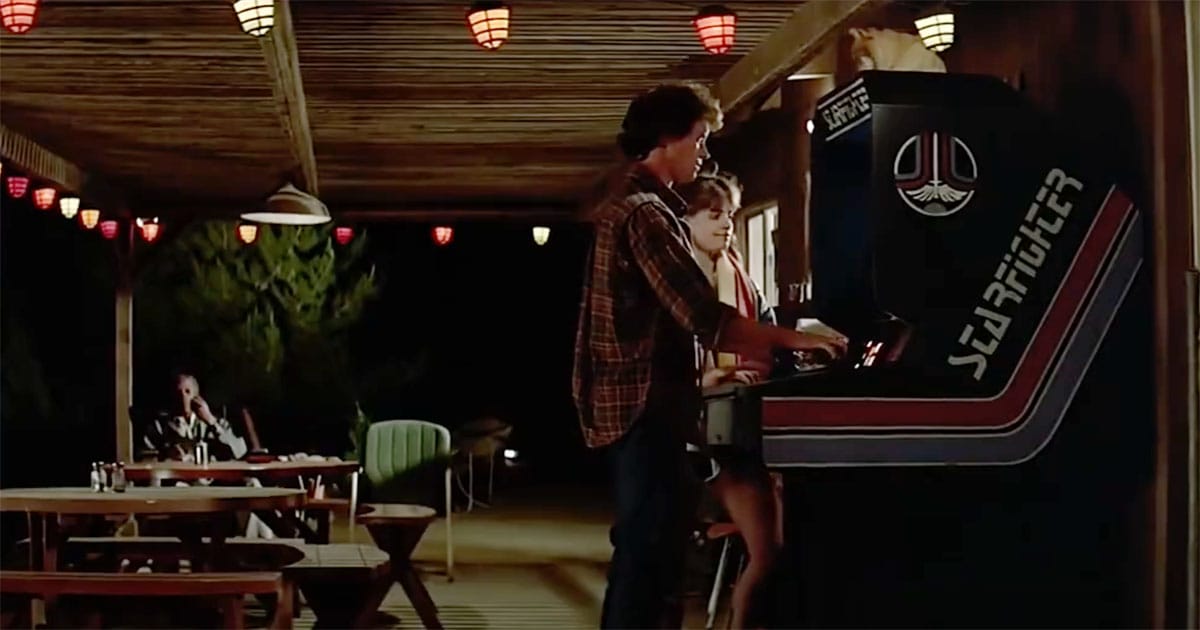
This Week in Science Fiction Classics – When a Video Game Launched a Starfighter
On July 13, 1984, "The Last Starfighter" blasted into theaters with a promise that video games could lead to space battles and real heroism. Directed by Nick Castle and written by Jonathan R. Betuel, the film follows teenager Alex Rogan, who beats an arcade game only to discover it was a test sent from beyond the stars. What begins as small-town frustration turns into a galactic mission to save the universe.
Audiences of the time were already living in the golden age of arcades. Games like "Galaga" and "Defender" filled malls and pizza parlors, capturing the imaginations of millions of boys who dreamed of flying real starfighters. "The Last Starfighter" took that dream seriously and made it part of its story. It was science fiction made for those who saw possibility in pixels.
Though it was not a box office juggernaut, the film left a lasting mark. It was among the first to use computer-generated imagery for space scenes, paving the way for future digital effects. More importantly, it told young viewers that greatness could come from the most unexpected places. Forty years later, "The Last Starfighter" still reminds us that every game is a test, and every test can reveal a hero.
Sponsor: Golden Knight Science Fiction T-shirt
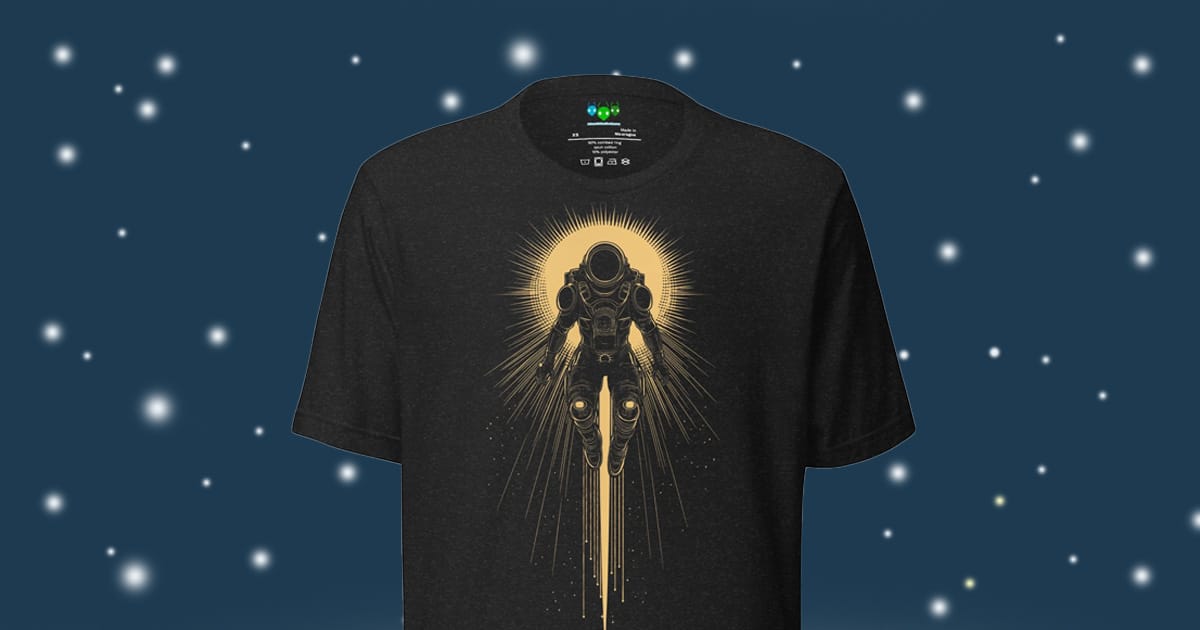
In the dark reaches of the Sol Frontier, one man carried peace on his shoulders and fire in his fists. Major Darius Vale—the Golden Knight—faced rebels, tyrants, and his own past to bring hope where war threatened to consume everything. This summer, wear the legend. The Golden Knight shirt is for those who still believe one man can change the course of a galaxy.
The Video Game That Launched a Hero
In the summer of 1984, theaters welcomed "The Last Starfighter," a film that dared to blend arcade cabinets and intergalactic combat. It was not just a story of aliens and spaceships. It was a story about how something as simple as a video game could reveal a man's purpose. That message hit hard for boys growing up surrounded by the neon glow of arcade screens.
Alex Rogan was not a superhero or a soldier. He was a teenager living in a trailer park who happened to be good at a game. That game turned out to be a recruitment tool for a real space war. This idea—ordinary skill unlocking extraordinary fate—made the movie unforgettable.
A Movie Made for the Arcade Generation
By 1984, video games were everywhere. From Pizza Hut to the mall, you could find cabinets of "Defender" or "Tempest" buzzing with life. Boys lined up with quarters, dreaming of dodging alien attacks or blasting through space. "The Last Starfighter" took that hunger for adventure and gave it shape.
It did something rare for the time. It treated gamers with respect. Alex was not wasting time. He was proving himself.
The Digital Frontier
One of the film's most remarkable traits was its use of computer-generated imagery. Instead of building models or painting matte backdrops, the filmmakers turned to CGI. The space battles, rendered by Cray supercomputers, marked a new frontier. It looked different, even crude by modern standards, but it was new and exciting.
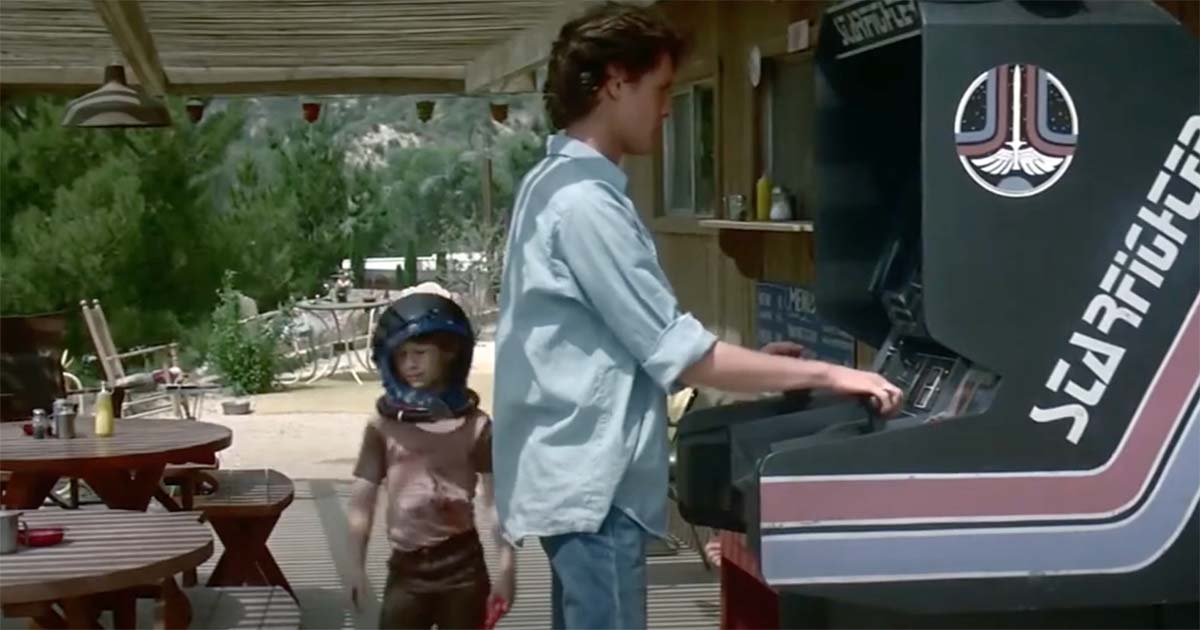
This choice made sense for a movie rooted in technology. The game Alex plays is digital. So was the war he joined. The film was speaking in the language of a generation raised on joysticks and beeps.
Heart in the Trailer Park
Though the action took place among the stars, the heart of the film was grounded in Alex's home. The trailer park, with its dusty roads and kind neighbors, gave the movie a warm, earthy feel. It was the kind of place where dreams felt far away. That made the story hit even harder.
Alex was not a genius or a rebel. He was dependable. He fixed antennas and helped the elderly. His escape into space was not just about glory. It was about finding a place where his talents mattered.
The Beta Unit and the Man Left Behind
Back on Earth, Alex is replaced by a Beta Unit, an android copy meant to keep his absence a secret. This side plot offers more than laughs. It explores the strange idea of being replaced by a machine that looks like you but lacks your experience. It raises questions without needing to answer them.
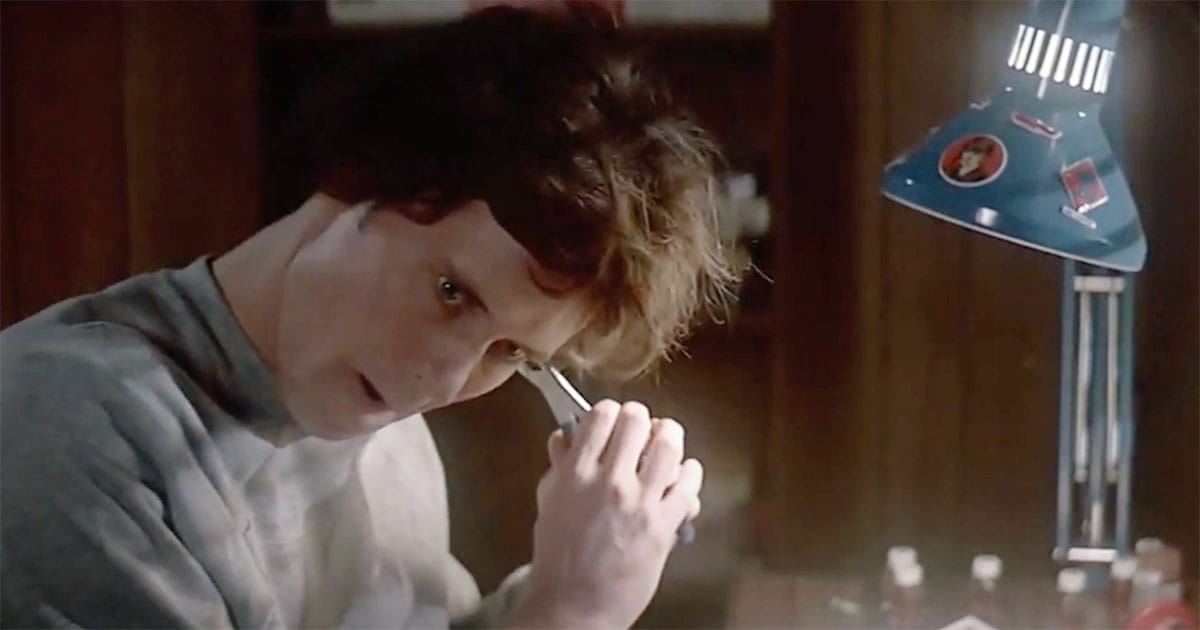
The Beta's journey shows how even artificial life can grow into something meaningful. It fights to protect what Alex left behind. And in the end, it sacrifices itself like any good man would.
Fulfilling a Hero's Call
In the stars, Alex meets Centauri, the fast-talking alien who designed the game. He also meets Grig, his co-pilot and mentor. Together, they are thrown into a war against the Ko-Dan Armada, a classic space opera setup if there ever was one. But unlike many young heroes, Alex wants to go home.
That hesitation made him feel real. He was not chasing glory. He was pulled into duty. He only stays when he sees that running away would doom others.
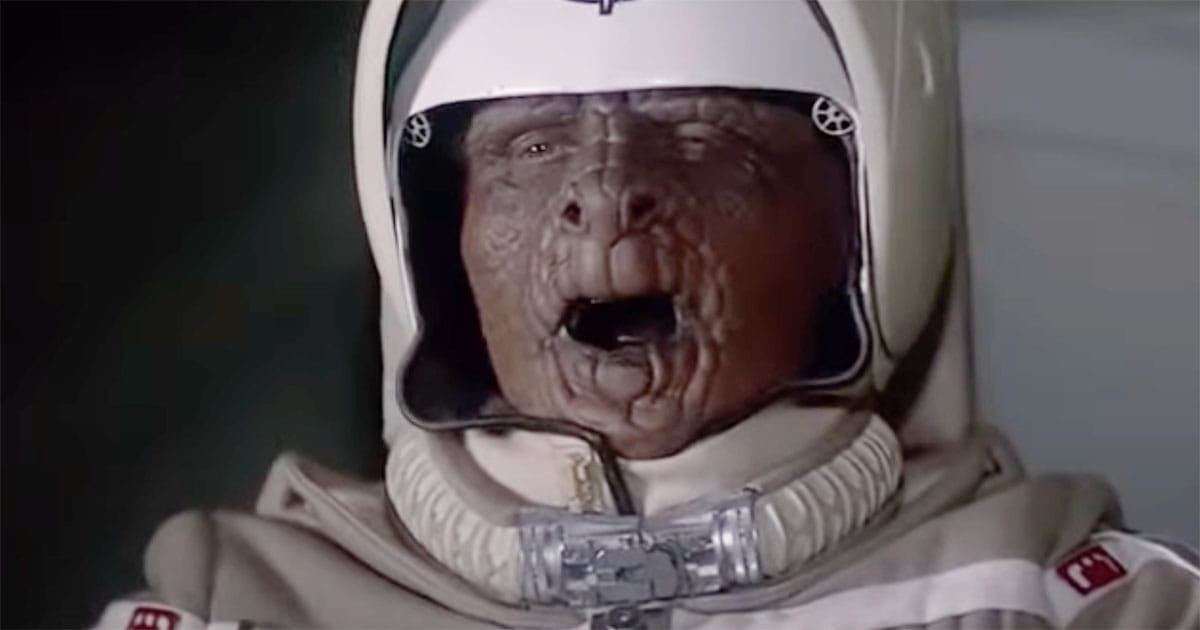
A Legacy That Outlasted the Box Office
When it was first released, "The Last Starfighter" was not a smash hit. It earned modest box office numbers. But something about it stuck. It found its audience in VHS rentals, cable reruns, and word of mouth.
Over time, it became a cult classic. Not because of explosions or special effects, but because it told the truth. A man does not need to be born into greatness. He only needs the chance to rise when called.
Looking Back Forty Years Later
Now, four decades have passed since Alex climbed into the Gunstar. The video game that called him to greatness is long gone. But the dream it represents is still alive. Boys still play games and wonder if there's more to them than just scores.
"The Last Starfighter" captured a moment in time. It gave weight to dreams that lived in plastic buttons and coin slots. It asked a simple question. What if the game was real?
Why It Still Matters
In an age where modern science fiction often tries to impress with spectacle alone, this film reminds us of the power of simple stories. A young man discovers he matters. His talent means something. And when asked to fight for others, he chooses courage.
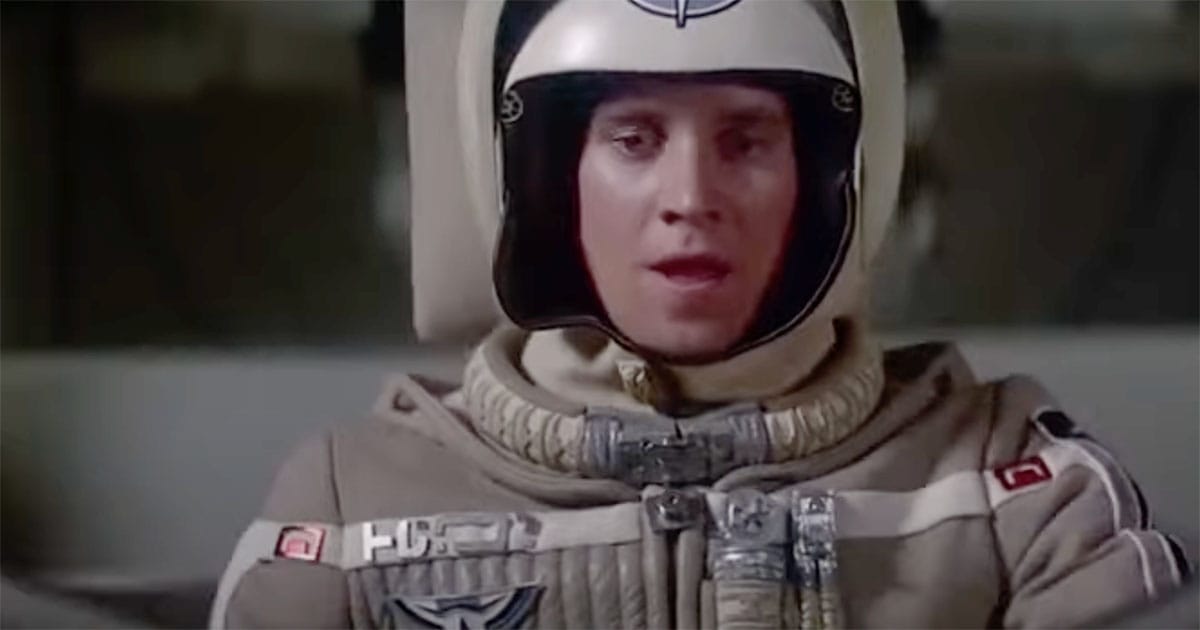
That message is worth remembering. It speaks to everyone who ever felt stuck in a small place, wondering if his best was good enough. According to "The Last Starfighter," it is.
And sometimes, it is more than enough.
The Last Starfighter Trivia
- The film's entire 27 minutes of CGI space battles were rendered on a Cray X‑MP supercomputer—at the time, the world's most powerful computer. That technology cost more than some entire movie budgets at the time.
- An actual arcade game was promised in the closing credits and even developed by Atari, but it was never released because test screenings suggested the film might not be a hit. The prototype cabinet remains a legend.
- In post‑production reshoots for the Beta Unit subplot, lead actor Lance Guest had cut his hair and fallen ill. To maintain continuity, directors put him in a wig and heavy makeup, giving Beta Alex an uncanny look on release weekend.

